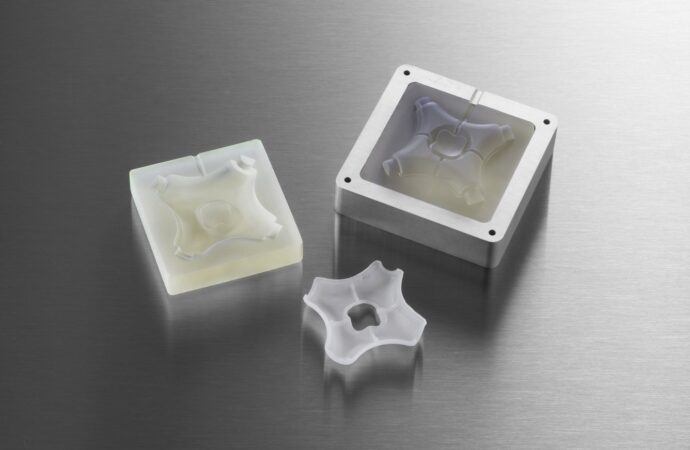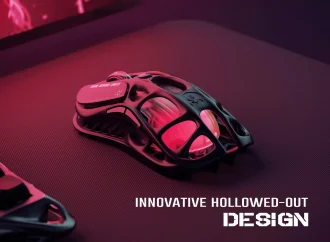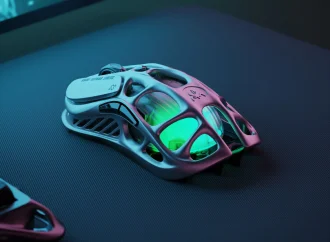Plastics are the most common materials for producing end-use parts and products, for everything from consumer products to medical devices. Plastics are a versatile category of materials, with thousands of polymer options, each with their own specific mechanical properties. But how are plastic parts made?
Plastic products:
Plastics are a broad range of synthetic or semi-synthetic materials that use polymers as the main component. Their plasticity makes it feasible for plastics to mold, extruded, or pressed into solid objects of various shapes. It has found extensive use due to its adaptability and a wide range of other properties, such as being light, durable, flexible, and inexpensive to produce. Plastics are typically created through human industrial systems as they do not exist in this form in nature. Most modern plastic are obtained from fossil fuel-based chemicals such as natural gas or petroleum; however, more recent industrial methods use variants made from renewable materials, such as derivatives of corn or cotton.
Custom plastic product:
To get started with a custom plastic product is the idea of how you want your product to be. The second stage of converting this idea to an object is to make it visible to others to help you get in shape. You can do that by drawing your picture on your paper or creating a rough model with anything you like. This will give your idea shape. And others will be able to help you in your journey of making your idea come to life.
Plastic molding:
If you want to customize your product in plastic, you should be familiar with the concept of plastic molding. Molding, sometimes called spell molding, is manufacturing by shaping liquid or pliable materials using a rigid frame called a mold or matrix. When molding plastics, powder or liquid polymers such as polyethylene or polypropylene are placed in a cavity mold so that the polymer can take its shape. Depending on the type of process used, different types of heat and pressure are used to create the final product.
Types of molding:
There are many types of moldings, but we are introducing you to the most used techniques or styles of moldings.
Rotational molding:
Rotational molding also called rot molding, is a manufacturing process for producing large hollow parts and products by placing powdered or liquid resin in a metal mold and rotating it in an oven unless the resin coats the inside of the mold. Let’s do it. Centrifugal force is produced by the continuous rotation of the mold, which makes even-walled products. Once the mold has cooled, the hardened plastic is removed from the mold.
Injection molding:
Plastic injection molding is the process of creating custom plastic parts by injecting molten plastic material under high pressure into a metal mold. Like general forms of plastic molding, after the molten plastic is poured into the mold, the mold is cooled and then opened to reveal a solid plastic part.
Blow molding:
Plastic blow molding is a method of making hollow, thin-walled, custom plastic parts. It is primarily used to manufacture products with uniform wall thickness and where size is essential. The process is based on the same principle as blowing glass. Molding machines heat the plastic and blow the hot plastic into the air like a balloon. The melted plastic is poured into the utensil, and as it swells, it takes its shape against the walls of the mold.
Guide for Customized plastic molding:
Following are a few steps that you should get done with before actually starting your process.
- Consult an engineering team to get your idea approved.
- Set a budget that you will like to spend on your dream product.
- Finalize the materials you will need according to the flexibility and durability of your product.
- Now select the type of molding you will be following to create your product. Many people go with injection molding because it is the best molding for customization and provides a lot more scope for customization.
After you are done with the points that are mentioned above, you will get to the central part of your product building that includes the actual process of molding.
The plastic fabrication company will now start the manufacturing process. The process is usually reasonably quick but will depend on your provider. This really should be part of the process of choosing the exemplary service. Do they have enough machines to meet your requests? This process also includes two essential elements:
- mold manufacturing
- moving parts through the mold
The first part is easy. Once the mold is improved, it will be reused each time the components are required. Remember that quality control also plays an important role here. Just because the order has complete doesn’t mean the deal is over. Make sure that all parts ordered were made to the specifications you provided.
Injection molding is not the one and only perfect plastic manufacturing method. However, it has its set of disadvantages but the benefits clearly outweighs its cons with a huge disparity. All of these information on how to design plastic products through injection molding may seem so sketchy if you are still new to plastic manufacturing. It needs time and experience before you get yourself fully acquainted to injection molding as a method on how to design plastic products. An experienced plastics manufacturing company can help you with the details.



















Leave a Comment
Your email address will not be published. Required fields are marked with *